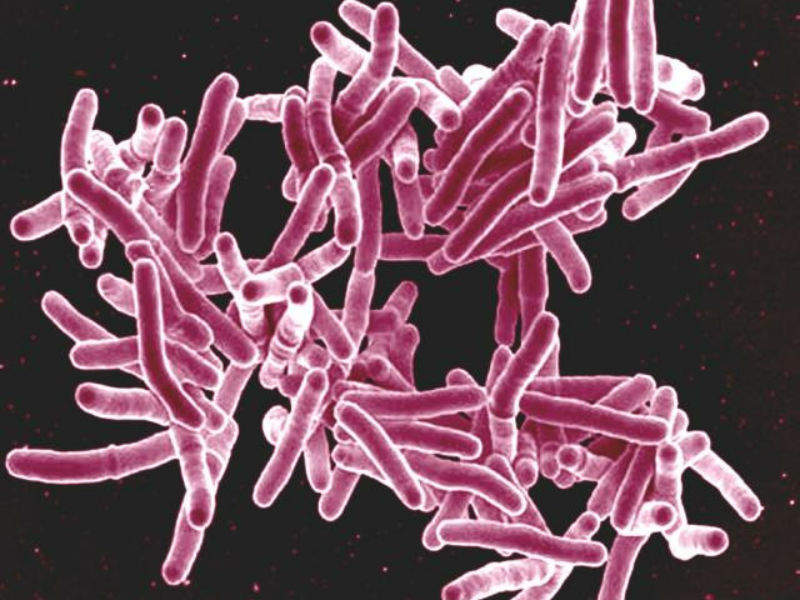
Scientists at the University of California San Diego have developed a machine learning approach to identify and predict which genes make Mycobacterium tuberculosis, the bacteria that causes tuberculosis (TB) in humans, resistant to antibiotics.
The team identified 33 known and 24 new antibiotic resistance genes in the TB bacteria and claims its approach can be used for other infection-causing pathogens, such as staph and the bacteria that cause urinary tract infections, pneumonia and meningitis.

Discover B2B Marketing That Performs
Combine business intelligence and editorial excellence to reach engaged professionals across 36 leading media platforms.
The study was recently published in Nature Communications.
UC San Diego research scientist and co-author of the paper Jonathan Monk said: “Knowing which genes are conferring antibiotic resistance could change the way infectious diseases are treated in the future.
“For example, if there’s a persistent infection of TB in the clinic, physicians can sequence that strain, look at its genes and figure out which antibiotics it’s resistant to and which ones it’s susceptible to, then prescribe the right antibiotic for that strain.”
UC San Diego Jacobs School of Engineering professor of bioengineering Bernhard Palsson is the other co-senior author of the paper. He said: “This could open up opportunities for personalised treatment for your pathogen. Every strain is different and should potentially be treated differently.

US Tariffs are shifting - will you react or anticipate?
Don’t let policy changes catch you off guard. Stay proactive with real-time data and expert analysis.
By GlobalData“Through this machine learning analysis of the pan-genome – the complete set of all the genes in all the strains of a bacterial species – we can better understand the properties that make these strains different.”
The team trained the machine learning algorithm by feeding it the genome sequences and phenotypes of more than 1,500 strains of M. tuberculosis. The algorithm then used this data to predict a set of genes and alleles that cause antibiotic resistance. Of the predictions, 33 were validated with known antibiotic resistance genes and the remaining 24 were new predictions that are yet to be tested.
The algorithm’s predictions were further analysed to identify combinations of alleles (gene variants) that could be interacting together and causing a strain to be antibiotic resistant.
The first author of the study was Erol Kavvas, a bioengineering PhD student and member of Palsson’s research group. He said: “We did interactional and structural analyses to dig deeper and develop more intricate hypotheses for how these genes could be contributing to antibiotic resistance phenotypes.
“These findings could aid future experimental investigations on whether structural grouping of these alleles plays a role in their conferral of antibiotic resistance.”
Next, the scientists are hoping to work with experimental researchers to test whether the 24 new algorithm-predicted genes do confer antibiotic resistance in TB bacteria.
Future studies will involve applying the machine learning method to the ESKAPE pathogens: Enterococcus faecium, Staphylococcus aureus, Klebsiella pneumoniae, Acinetobacter baumannii, Pseudomonas aeruginosa and Enterobacter species.



